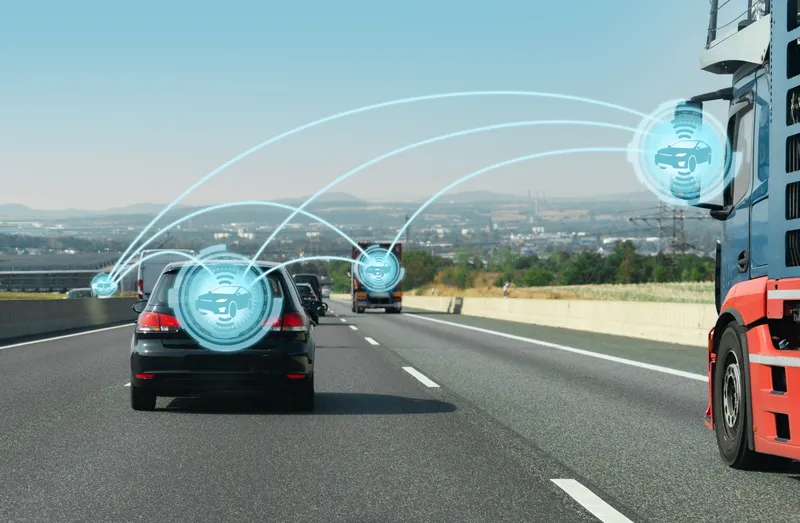Chile's Metro de Santiago has called an international tender for the acquisition of lighting systems and their installation in the city's new number 6 line.
According to tender documents, rights to participate can be purchased until 29 July. Technical and economic bids are due on 3 October. Technical proposals will be opened the same day, while bids will be unveiled on 24 October.
The line is a US$1.06 billion project that will run 15.3 kilometres across the capital from centrally located Providencia to Cerrillos in the west. It will pass through ten stations and eight districts and serve 870,000 residents. It is expected to start operating in 2016.
Metro de Santiago is also building the US$1.72bn No. 3 metro line, which will be 22 kilometres long, with 18 stations between Ñuñoa in eastern Santiago and Huechuraba in the north of the capital.
Santiago issues tender for number six metro line
Chile's Metro de Santiago has called an international tender for the acquisition of lighting systems and their installation in the city's new number 6 line.
According to tender documents, rights to participate can be purchased until 29 July. Technical and economic bids are due on 3 October. Technical proposals will be opened the same day, while bids will be unveiled on 24 October.
The line is a US$1.06 billion project that will run 15.3 kilometres across the capital from centrally located Providencia
August 1, 2014
Read time: 1 min










